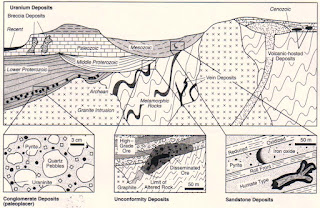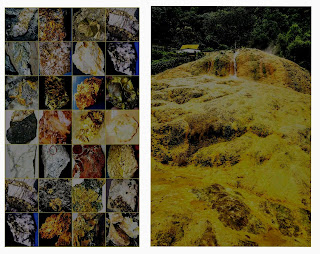Mining Geology

Mining Geology Introduction What is mining? Mining is the process of excavating minerals of economic value from the earth’s crus for benefit of mankind. Here we can assume that the earth’s crust, the outer surface of the earth, including the oceans, lakes and rivers, extends to depths of 30 to 50 km or so. For mining operations, one should have a working knowledge of geology. The word geology means the science of the earth and deals with the natural origin of the rocks that constitute the earth. A person interested in the extraction of minerals from the earth is, however, concerned with the thin surface of rocks that make up the earth crust to a depth of a maximum of 5 km so that geology enables him to locate, and to decide, the sites most economics form mining or quarrying. In geology, the terms minerals and rock have precise but different meanings. A mineral is a homogeneous and naturally occurring substance having definite physical properties and a composition that may be expressed













